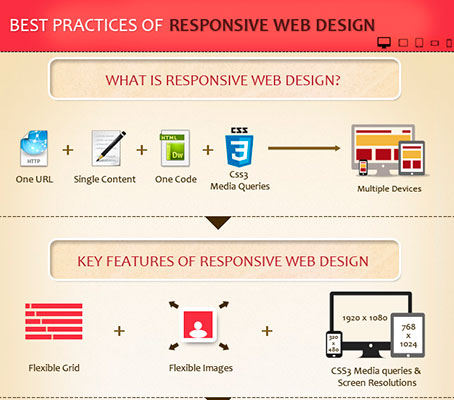Core Concepts Of Site Layout: Guidance For Crafting A User-Friendly Online Visibility
Core Concepts Of Site Layout: Guidance For Crafting A User-Friendly Online Visibility
Blog Article
Short Article Writer-Scarborough Thrane
When it involves internet site style, ensuring user-friendliness is key. From receptive layout to structured navigating, every aspect plays a critical role in developing a website that accommodates your audience's requirements. Yet what about the better information that can make or damage an individual's searching experience? Remain tuned as we discover some often-overlooked pointers that can elevate your site's functionality to the following degree, making it genuinely stand out in the electronic landscape.
Value of Responsive Design
Receptive design is a critical facet of modern website development. Ensuring your site is receptive means that it can adjust to various display dimensions and devices, offering a smooth experience for users.
With the enhancing use smart devices and tablet computers to access the web, having a responsive design is essential for getting to a broader audience. It assists in improving user experience by making your web site simple to navigate and continue reading any type of gadget.
Additionally, responsive layout can positively affect your search engine rankings, as online search engine like Google focus on mobile-friendly internet sites. By having a responsive design, you're additionally future-proofing your website, as brand-new devices with varying display sizes continue to arise.
Simplify Navigating Framework
To enhance individual experience and assist in very easy accessibility to information on your web site, streamlining the navigating structure is paramount. When designing your site, focus on creating a clear and instinctive navigating menu that assists visitors find what they're seeking quickly.
Limit the variety of food selection items to the basics, grouping relevant pages with each other to stay clear of overwhelming customers. Usage visit this site that plainly suggest the content of each web page, making it easier for customers to comprehend where each web link will take them.
Consider executing dropdown food selections for subcategories to prevent littering the primary navigation bar. Furthermore, include a search bar plainly on the page for customers that like looking for details details.
Prioritize mobile responsiveness in your navigation layout to make sure very easy access on all gadgets.
Optimize Page Lots Rate
Improving page load speed is vital for maintaining site visitors on your site. Slow-loading web pages irritate users and can result in high bounce rates. To please click the up coming document , start by maximizing images. Press photos without jeopardizing quality to lower their documents sizes.
Furthermore, allow internet browser caching to keep frequently accessed sources in your area, accelerating tons times for returning site visitors. Minify CSS, JavaScript, and HTML files by removing unnecessary personalities, remarks, and format, boosting load rate.
Consider making use of a content shipment network (CDN) to distribute your web site's content throughout numerous servers worldwide, reducing latency for customers accessing your site from different places. Finally, restrict using third-party manuscripts and plugins, as they can dramatically impact load times.
Conclusion
In conclusion, by integrating responsive design, streamlining navigation, and enhancing web page tons rate, you can develop an user-friendly internet site that interest a broader target market and improves user experience. These essential elements ensure that visitors can conveniently access and browse your site across different devices, causing enhanced interaction and fulfillment. By focusing on these crucial elements, you can develop a successful web site that keeps individuals returning for even more.
